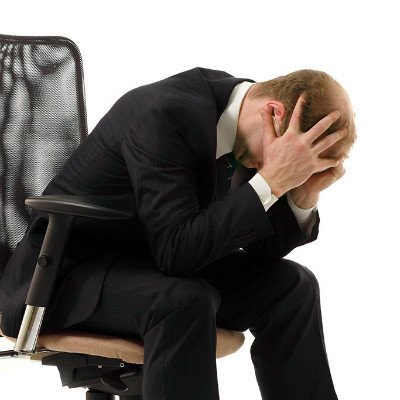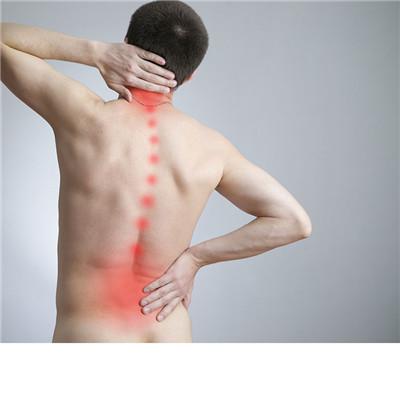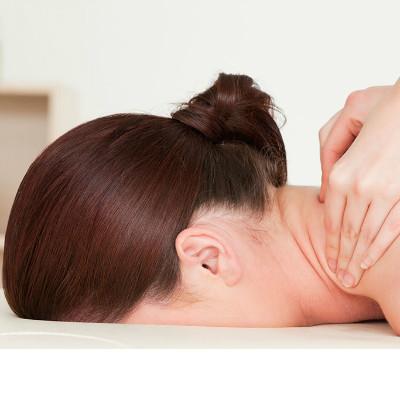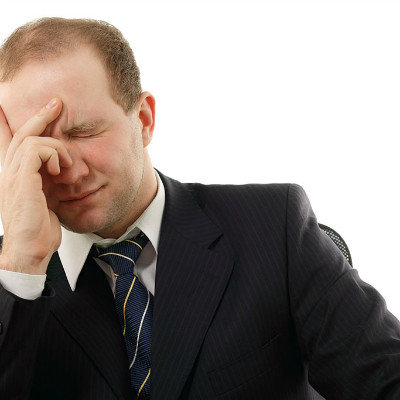How does the symptom of cervical vertebra disease treat
summary
Due to long-term desk work, the onset age of cervical spondylosis has been advanced from 40 to 30 years old, and has become a real white-collar occupational disease. Instead of waiting until after the cervical spine injury to accept long-term treatment, it is better to take the initiative, take the initiative to move every day, so that they stay away from the pain. How does the symptom of cervical vertebra disease treat? Let's talk about it
How does the symptom of cervical vertebra disease treat
Selective use of analgesics, sedatives, vitamins (such as B1, B12) can relieve symptoms to a certain extent. Glucosamine sulfate and chondroitin sulfate can be used as support therapy. Glucosamine sulfate and chondroitin sulfate are used in the treatment of osteoarthritis in all parts of the body. These cartilage protectants have anti-inflammatory and anti cartilage decomposition effects to a certain extent. Basic studies have shown that glucosamine can inhibit the production of inflammatory factors by spinal nucleus pulposus cells, and promote the synthesis of glycosaminoglycan, a component of intervertebral disc cartilage matrix. Clinical studies have found that injecting glucosamine into the intervertebral disc can significantly reduce the low back pain caused by degenerative disc disease, and improve the spinal function. Some cases reported that oral glucosamine sulfate and chondroitin sulfate can reverse the degenerative changes of intervertebral disc to a certain extent.

When the symptoms of various types of cervical spondylosis are basically relieved or in a chronic state, medical gymnastics can be started to promote the further elimination of symptoms and consolidate the curative effect. In the acute stage of symptoms, local rest should be taken, and exercise stimulation should not be increased. When there are obvious or progressive symptoms of spinal cord compression, it is forbidden to move, especially the cervical spine backward movement. When cervical spondylosis of vertebral artery type occurs, the neck rotation should be gentle and slow, and the amplitude should be controlled properly.
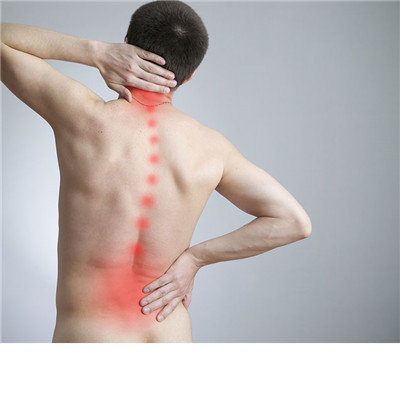
In the past, "traction" was one of the first choice methods for the treatment of cervical spondylosis, but in recent years, it has been found that many patients with cervical spondylosis, especially those who used "traction" for a long time, did not reduce but aggravated cervical spondylosis. Traction can not promote the recovery of physiological curvature of cervical spine, on the contrary, it straightens the cervical spine, but weakens the physiological curvature of cervical spine, so traction therapy should be used with caution for cervical spondylosis
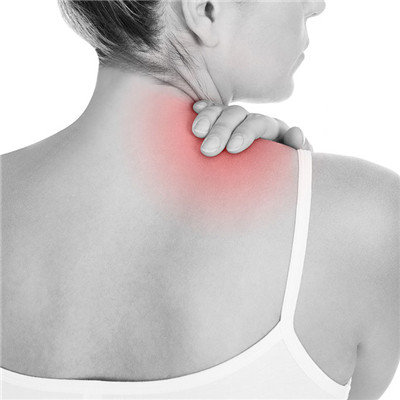
matters needing attention
① Facet joint degeneration often occurs after intervertebral disc degeneration, resulting in instability and abnormal activity of intervertebral joint. ② Most of the ligamentum flavum began to degenerate on the basis of the former two. In the early stage, the ligaments were loose, proliferative and hypertrophic, and protruded into the spinal canal. Later, calcification or ossification may occur. ③ The degeneration of the anterior longitudinal ligament and the posterior longitudinal ligament is mainly characterized by fibrous hyperplasia and sclerosis of the ligament itself, and later calcification or ossification, which is consistent with the pathological vertebral segment.


